Halwa puri is a traditional North Indian dish that is often served during Navratri. It is a hearty and delicious meal that is made with three main components: halwa (a sweet semolina pudding), puri (deep-fried flatbread), and sukhe chanay (dry brown chickpea curry).
I have included all three recipes in this post so that you can easily make a complete Navratri meal.
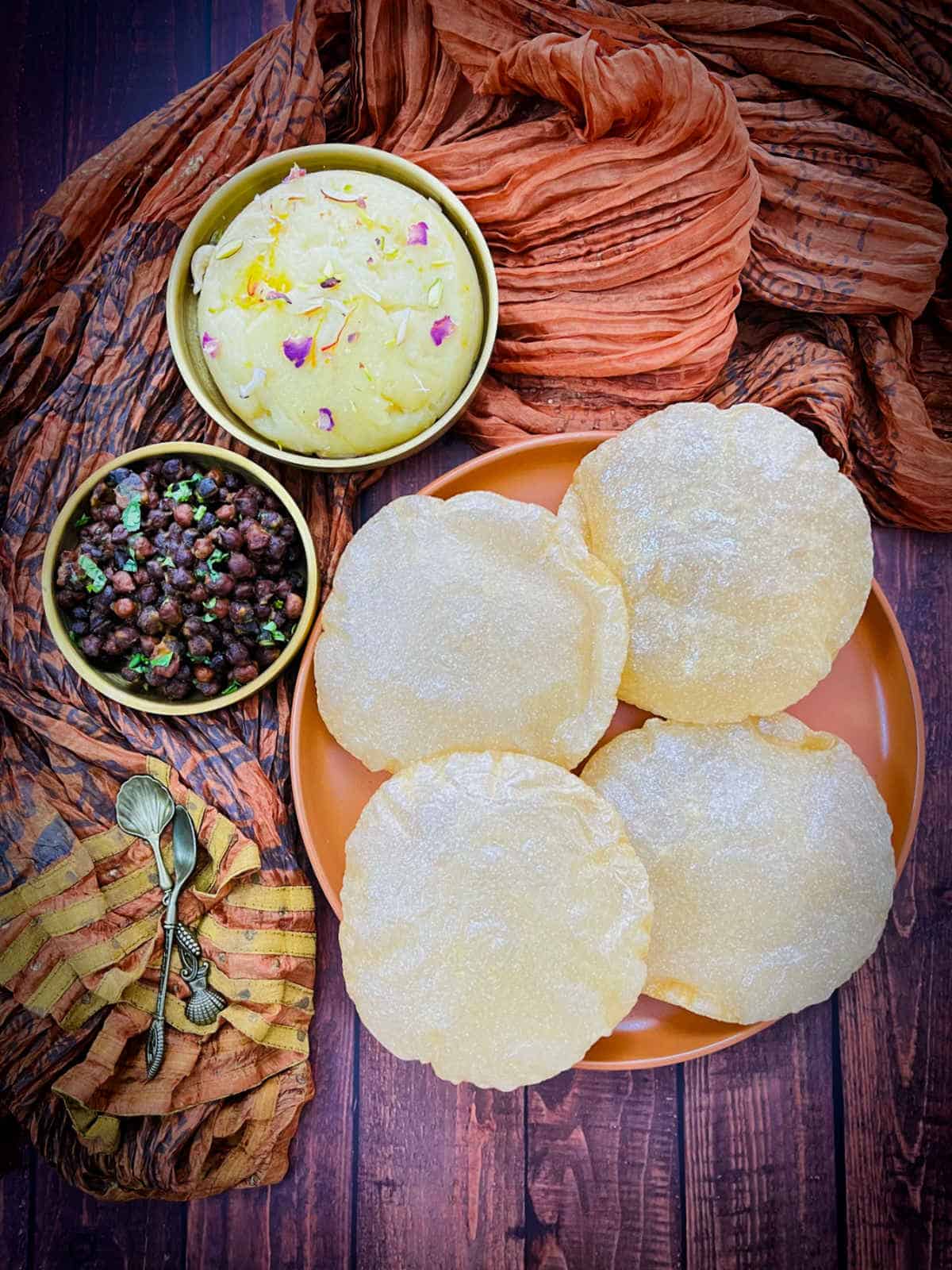
Halwa puri is also a popular breakfast dish (nashta) in Indian and Pakistani cuisine, known for its indulgent and flavorful combination of sweet and savory components. Halwa puri chana is a favorite among people of all ages and is often enjoyed on weekends, special occasions like weddings, and during religious festivals.
With a little planning, all the components can be made within an hour. I like to start making the chana first. While it is pressure cooking, I make the halwa, knead the puri dough, and roll the puri discs. Once halwa and chana are ready, I fry the pooris and serve them immediately.
Why you will love this recipe?
- Halwa puri is a delicious and satisfying meal, perfect for breakfast, lunch, or dinner.
- While the dish may seem elaborate, the components of halwa puri chana are relatively simple to prepare.
- The combination of the sweet halwa, the savory dry kala chana, and the crispy puri is simply irresistible.
Ingredients
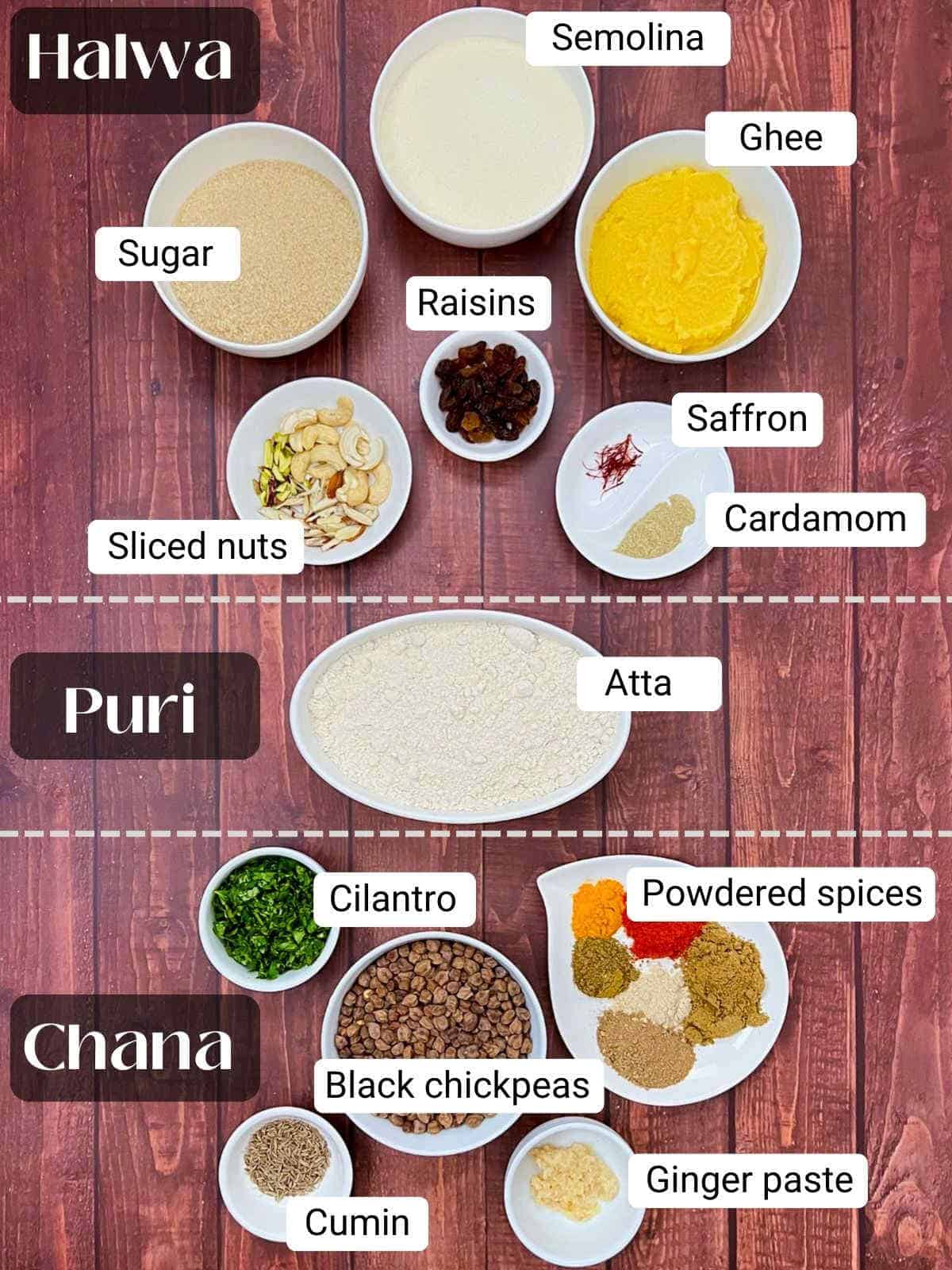
Halwa: Halwa is made using sooji (semolina), ghee, and sugar as the main ingredients.
Poori: Atta (Indian whole wheat flour) is used to make poori.
Sukha Chana: This dish is made using black chickpeas, ginger, and spices.
See the recipe card for full information on ingredients and quantities.
Step-by-step instructions
How to make halwa

Step 1: Boil four cups of water in a saucepan and add sugar and saffron strands to it. Give it a quick stir to dissolve the sugar. Set it aside (image 1).
Step 2: Heat ghee in a heavy bottom pan. Once it melts, add semolina to the ghee and roast on low heat until the semolina is lightly golden and aromatic. This can take 5-6 minutes (image 2).
Step 3: Slowly add the hot water-sugar syrup, stirring continuously. Cover and cook for 4-5 minutes on low heat. Remove the lid and add green cardamom powder. Continue stirring until the halwa thickens and comes together. Turn off the heat and garnish with dry fruits and nuts (images 3 and 4).
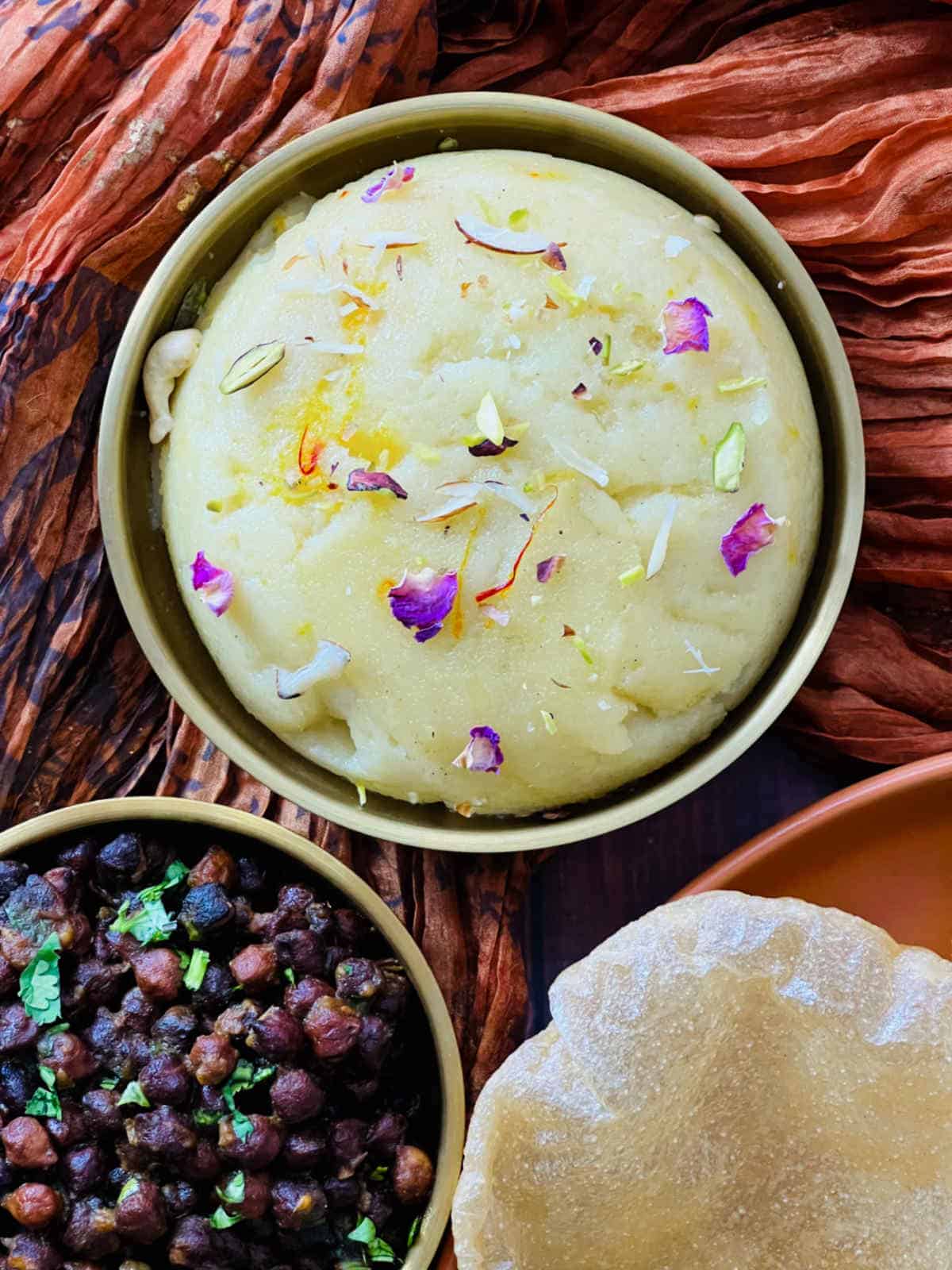
How to make poori

Step 1: In a large mixing bowl, combine together atta, salt, and oil. Slowly add lukewarm water and knead into a smooth and slightly stiff dough. Cover with a kitchen towel and let it rest for 15-20 minutes (image 1).
Step 2: Once the poori dough has rested, knead it again for 2 minutes. Divide it into 12 equal parts. Roll each dough ball into a small circle, taking care not to tear it (image 2).
Step 3: Now, carefully slice the rolled disc into hot oil. Deep fry the poori on medium flame until they puff up and become light golden in color. If the poori does not puff up, agitate the oil and slightly press them (image 3). Transfer to a paper towel-lined plate to drain excess oil. Repeat with the rest of the rolled discs.
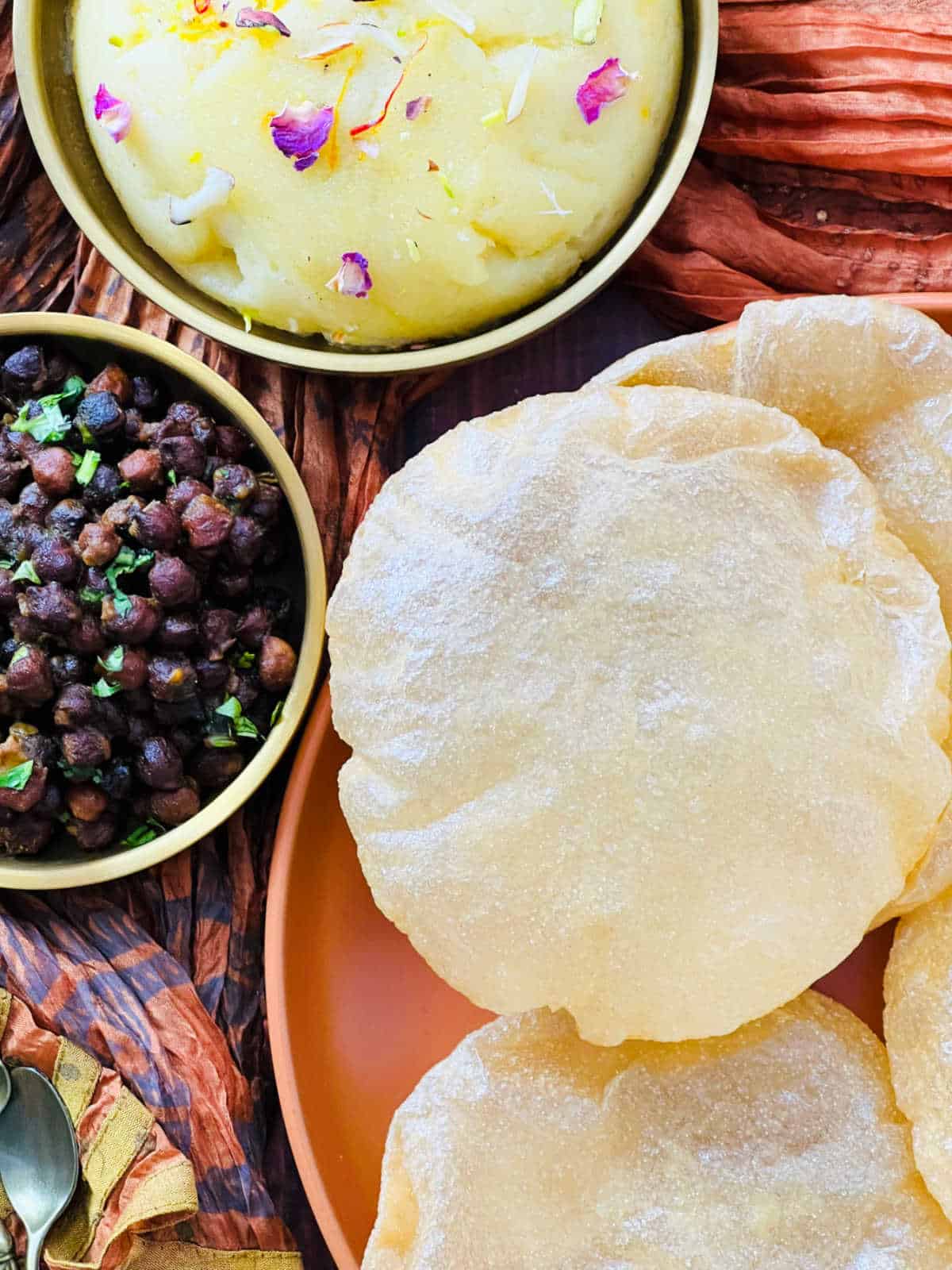
How to make sookhe chane
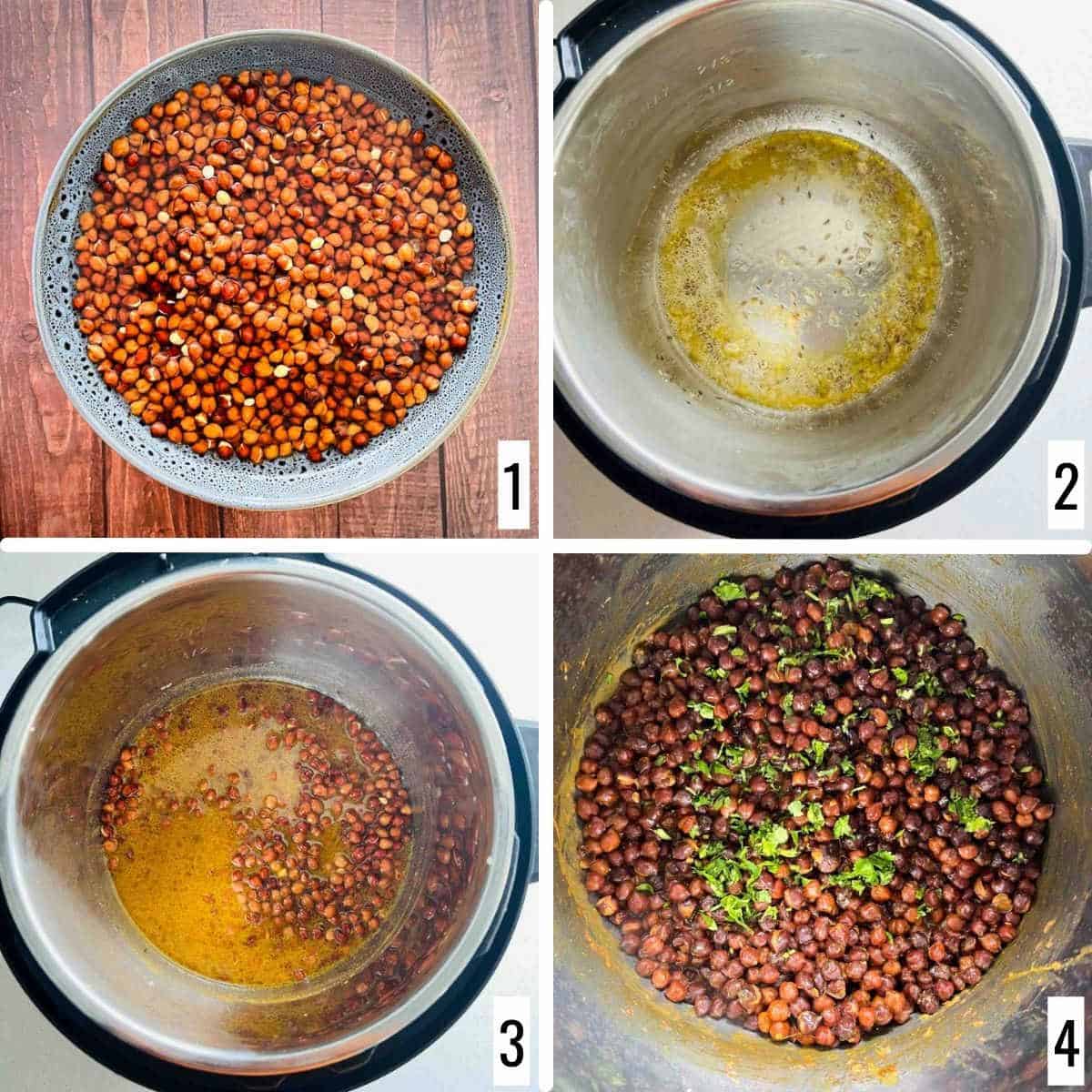
Step 1: Soak the dried brown chickpeas in water for 6-8 hours (or overnight). Drain all the water from it and rinse the soaked chickpeas (image 1).
Step 2: Set the
Step 3: Secure the
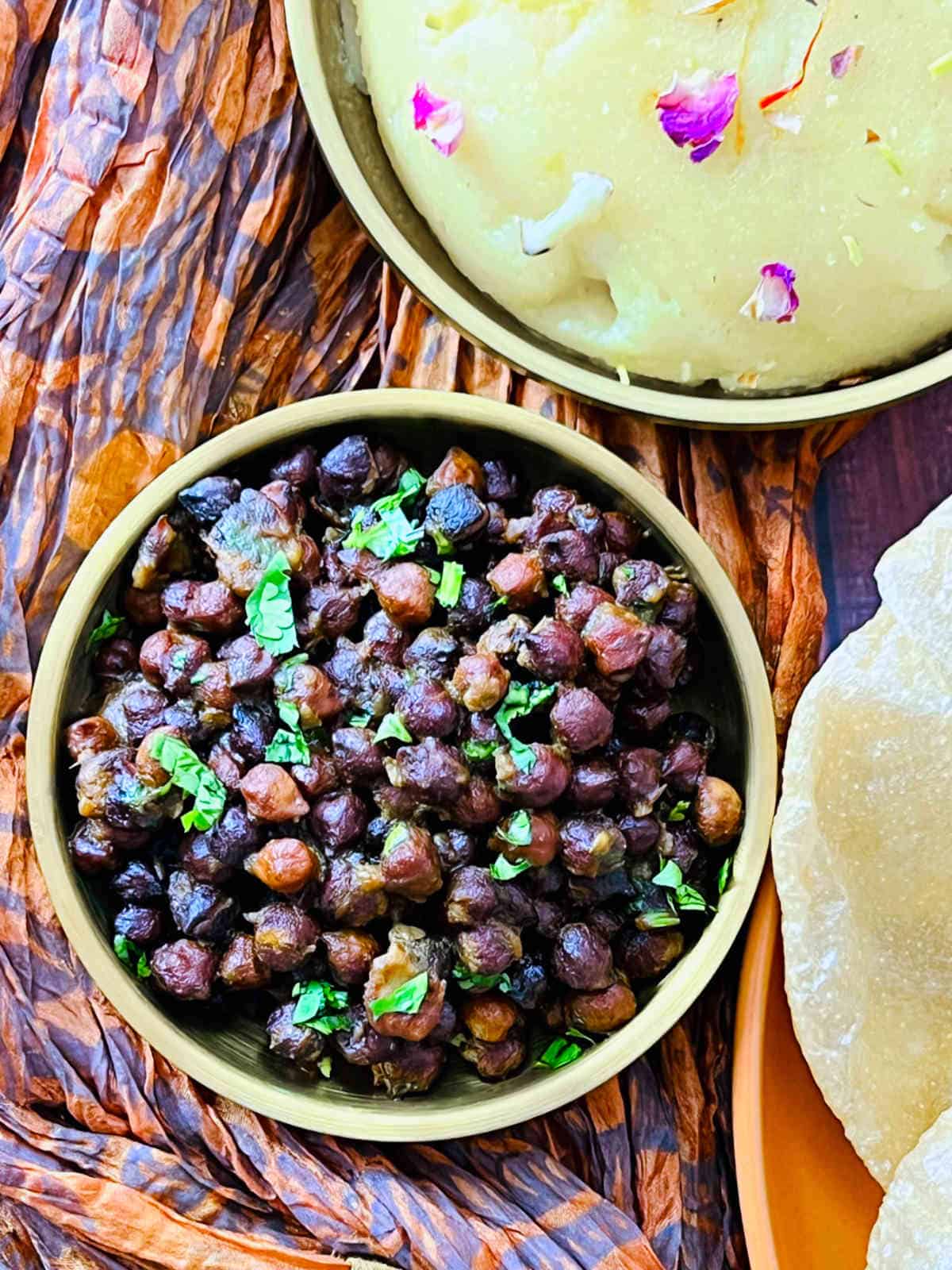
Expert Tips
I like to start making the chana first. While it is pressure cooking, I make the halwa, knead the puri dough, and roll the puri discs. Once halwa and chana are ready, I fry the pooris and serve them immediately.
Use fine semolina for the best results. Roast the semolina in ghee until it turns golden brown. This will give the halwa a rich, nutty flavor.
It is important to use hot water to make halwa, as cold water can make it lumpy. Add the sugar and water to the semolina gradually and stir constantly to prevent any lumps from forming.
To knead the puri dough, use lukewarm water and not cold water. The temperature of the water should be comfortable to the touch, not too hot or too cold.
The temperature of the oil is important for frying pooris. If the temperature is low, it will soak up a lot of oil. To test if the oil is ready, drop a small piece of dough into the oil. If it rises immediately to the top, the oil is ready.
Soak the kala chana overnight or for at least 4-5 hours before cooking. This will help the chickpeas cook faster and more evenly.
Serving Suggestion
Halwa puri chana is a complete meal in itself; however, it is often served with yogurt (or raita) and potato curry.
During Navratri, halwa puri chana is served as Prasad. A puri is placed on an open palm, and it is topped with chana and a hearty scoop of halwa. This is all eaten together to savor the sweet and spicy flavors together.
How to store halwa puri
Store each component in separate airtight containers. Store the halwa and sookha chana curry in the refrigerator for up to 3-4 days. Reheat on the stovetop or in a microwave before serving.
Keep puri in an airtight container at room temperature in a cool, dry place. It is best enjoyed fresh; however, leftover pooris can be stored at room temperature for one day. You can also store it in the refrigerator for 4-5 days.
Recipe FAQs
When the oil is not hot enough, the pooris absorb more oil, resulting in a greasy texture. To avoid this, make sure the oil is at the proper temperature before adding the pooris, and fry them one at a time.
You can substitute ghee with vegetable oil or coconut oil for a dairy-free version.
Fine semolina is best for making halwa. This variety gives you a smooth and creamy texture to the halwa.
I recommend soaking black chickpeas (kala chana) before cooking. While it is possible to cook them without soaking, it's a much more time-consuming process and will need one hour of pressure cooking time. Soaking helps reduce the cooking time and ensures that the chickpeas cook more evenly, resulting in a better texture and flavor for your dishes.
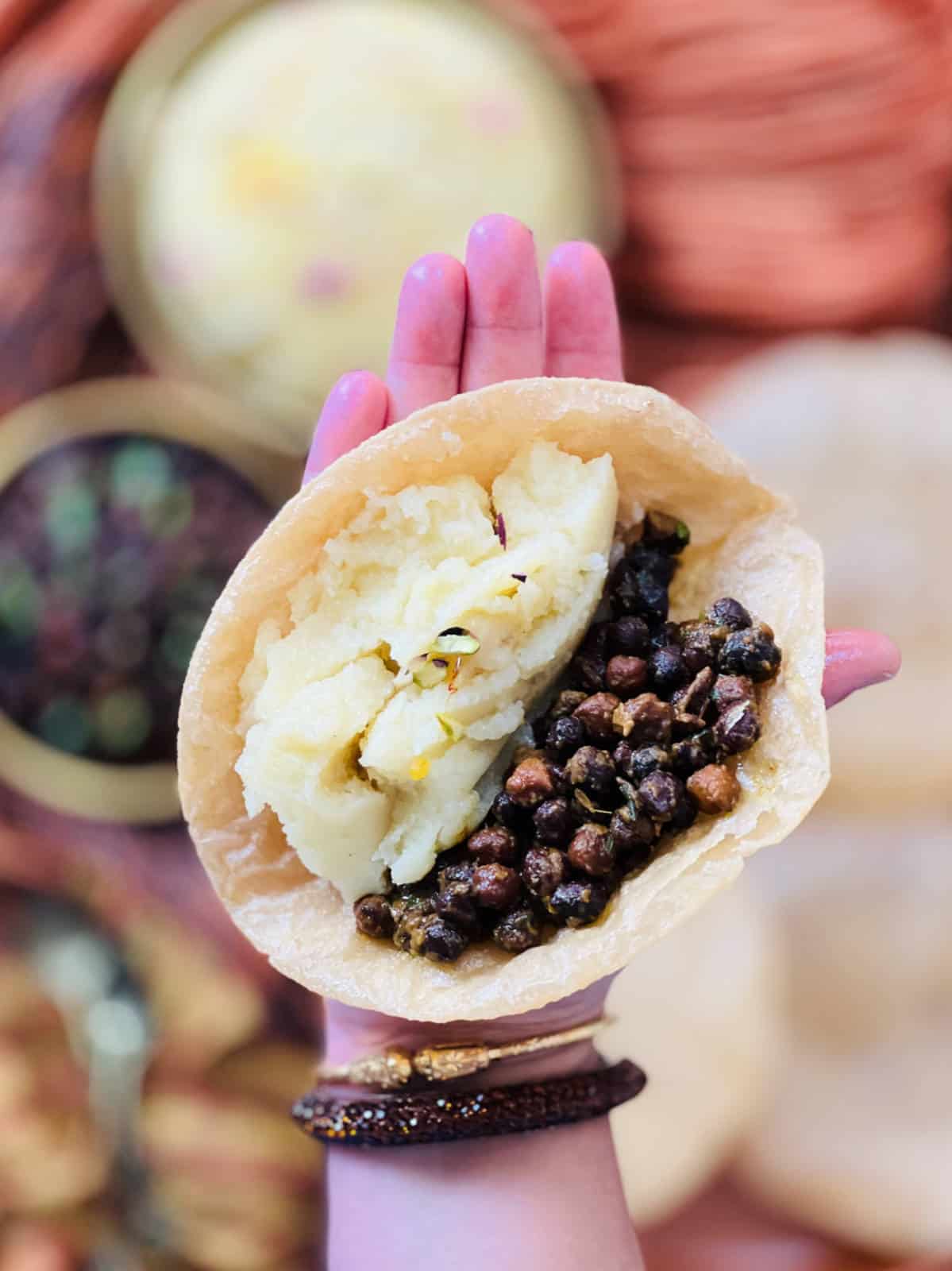
More traditional Indian recipes
If you tried this Halwa Puri Chana Recipe or any other recipe on my website, please leave a ? star rating and let me know how it went in the ? comments below.
Recipe card
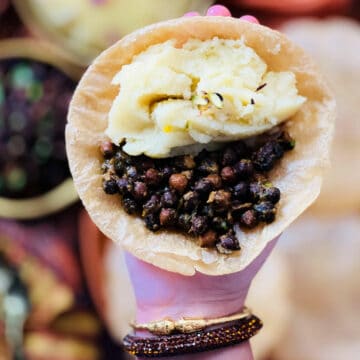
Halwa Puri Chana (Ashtami Prasad)
Equipment
- Slotted spoon
- Belan chakla (rolling pin and board)
Ingredients
For halwa:
For Puri:
For Sookhe Chane:
- 1½ cup black chickpeas
- 2 tablespoon ghee
- 1 teaspoon cumin seeds
- 1 teaspoon ginger paste
- ½ teaspoon hing
- ½ teaspoon turmeric powder
- 1 teaspoon red chili powder (adjust as per taste)
- 2 teaspoon ground coriander
- ½ teaspoon garam masala
- 1 teaspoon amchur
- 1 teaspoon salt (adjust as per taste)
- ¼ cup cilantro (optional)
- 1 cup water
Instructions
Making Sooji ka Halwa:
- Take water in a saucepan and place it on medium heat. Let it come to a boil.
- Once the water comes to a boil, add sugar and saffron strands to it. Give it a quick stir to dissolve the sugar.
- Meanwhile, heat a frying pan and add ghee. Once it melts, add the nuts and raisins. Saute for 30 seconds and set them aside in a small bowl.
- Add semolina to the ghee and roast on low heat until the semolina is lightly golden and aromatic. This can take 5-6 minutes.
- Slowly add the hot sugar-water mixture, stirring continuously. Cover and cook for 4-5 minutes on low heat.
- Remove the lid and add cardamom powder and fried nuts. Continue stirring until the halwa thickens and comes together. Turn off the heat.
Making Poori:
- In a large mixing bowl, combine together atta, salt, and oil. Mix everything well with your fingers.
- Slowly add lukewarm water and knead into a smooth and slightly stiff dough. You may need an additional 1-2 tablespoons of water when kneading.
- Lightly brush a few drops of oil on the dough. Cover with a kitchen towel and let it rest for 15-20 minutes.
- Once the dough has rested, knead it again for 2 minutes. Divide it into 12 equal parts. Roll each portion into a round disc, taking care not to tear it.
- Take oil in a deep saucepan or frying pan for deep-frying. Place it on medium heat. To test if the oil is ready, drop a small piece of dough in it. The dough should immediately sizzle and rise to the top.
- Now, carefully slice the rolled disc into hot oil. Deep fry the poori on medium heat until they puff up and become light golden in color. If the poori does not puff up, agitate the oil and slightly press them.
- Transfer to a paper towel-lined plate. Repeat with rest of the rolled discs.
Making Sookhe Kale Chane:
- Soak the dried brown chickpeas in water for 6-8 hours (or overnight). Drain all the water from it and rinse the soaked chickpeas.
- Set the Instant Pot in saute mode and add ghee. Once it heats, add the cumin seeds, hing, and ginger paste. Saute for a few seconds.
- Add the soaked chickpeas, coriander powder, turmeric powder, red chili powder, amchur, garam masala, and salt.
- Add one cup of water and mix well.
- Secure the Instant Pot lid and pressure cook on high for 30 minutes. Do a natural pressure release.
- If there is any water content after pressure cooking, put the IP on saute more for 3-4 minutes. Garnish with cilantro.

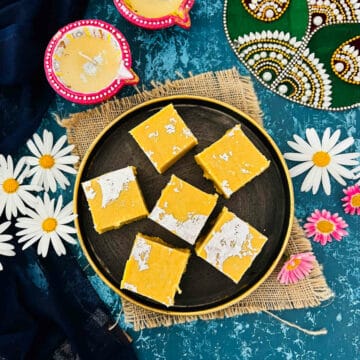
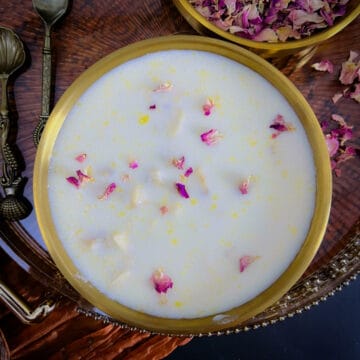
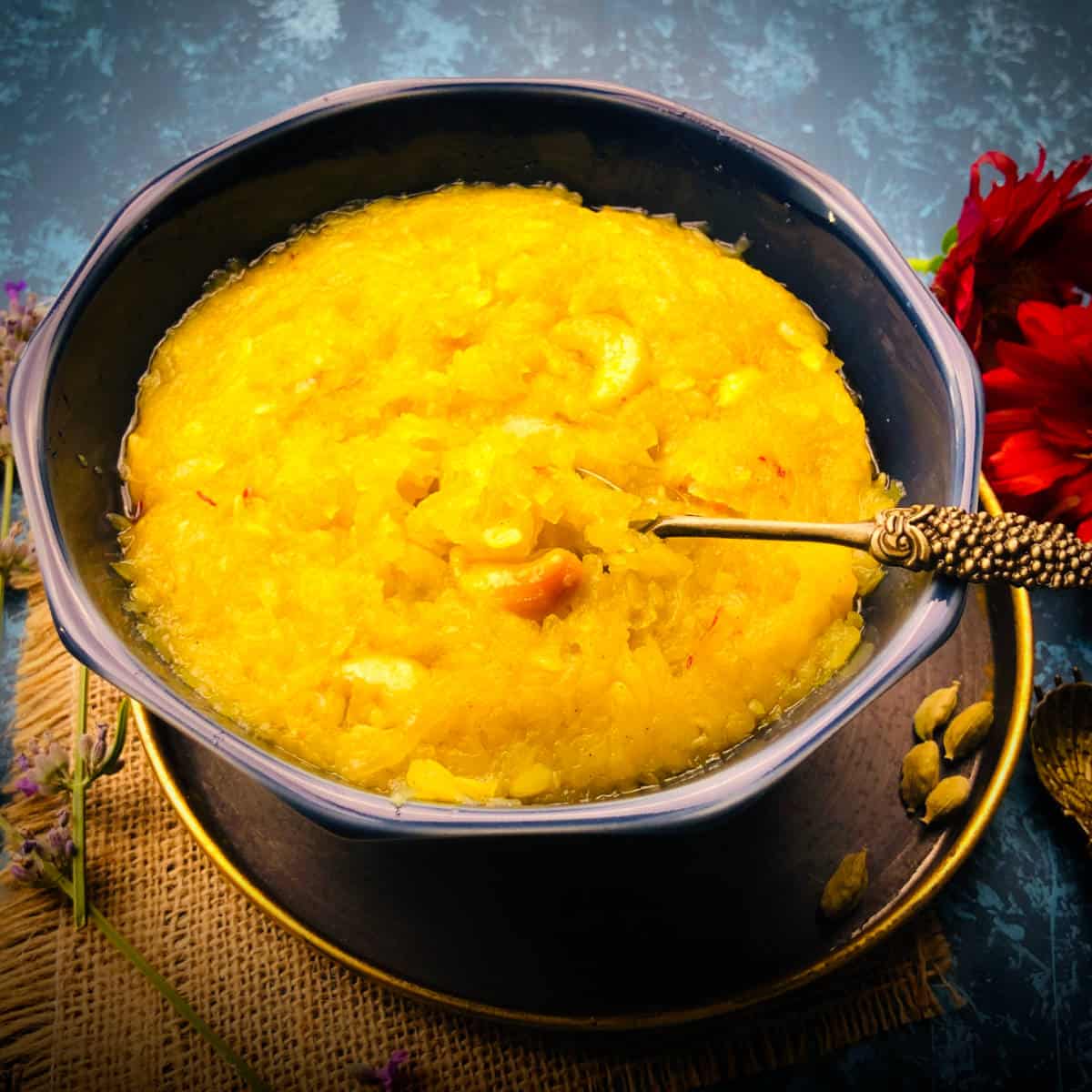
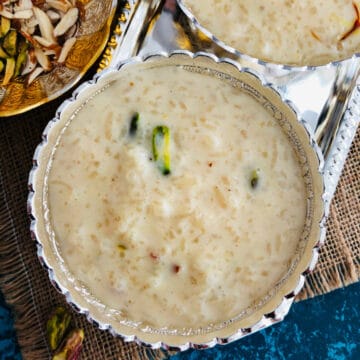

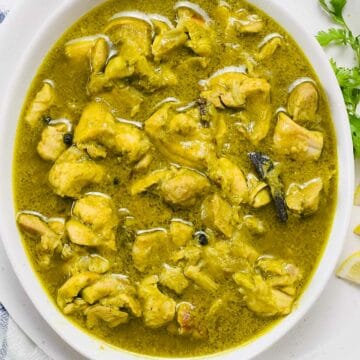
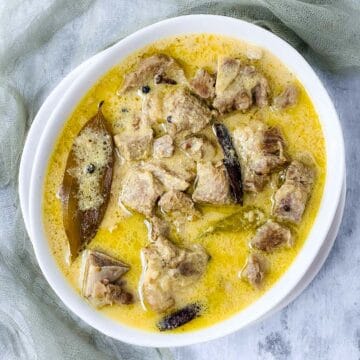
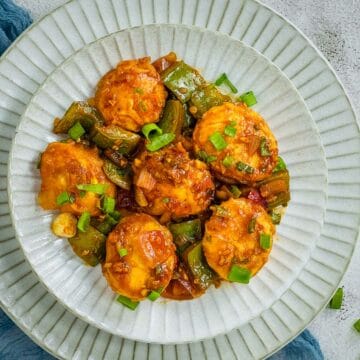
Comments
No Comments